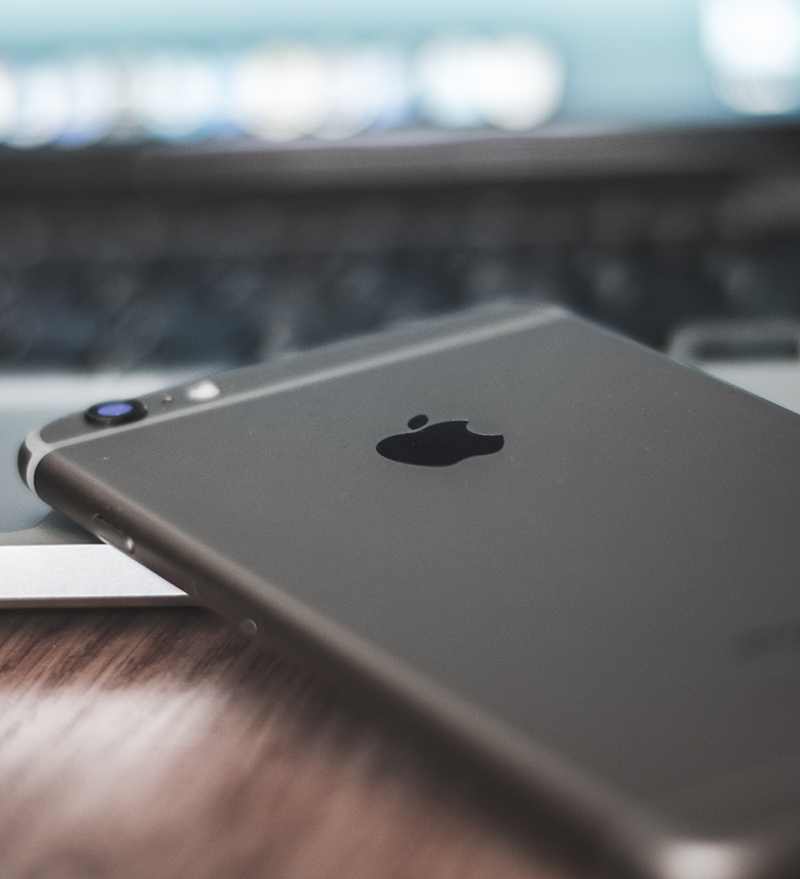4.2.2 - Sampling Distribution of the Sample Proportion
4.2.2 - Sampling Distribution of the Sample ProportionThe distribution of the sample proportion approximates a normal distribution under the following 2 conditions.
Over the years the values of the conditions have changed. The examples that follow in the remaining lessons will use the first set of conditions at 5, however, you may come across other books or software that may use 10 or 15 for this value.
- \(np \geq 5\)
- \(n(1−p) \geq 5\)
- \(np \geq 10\)
- \(n(1−p) \geq 10\)
- \(np \geq 15 \)
- \(n(1-p) \geq 15 \)
If any set of the two conditions listed above are satisfied, the sampling distribution of the sample proportion is...
- approximately normal
- with mean, \(\mu=p\)
- standard deviation [standard error], \(\sigma=\sqrt{\dfrac{p(1-p)}{n}}\)
If the sampling distribution of \(\hat{p}\) is approximately normal, we can convert a sample proportion to a z-score using the following formula:
\(z=\dfrac{\hat{p}-p}{\sqrt{\dfrac{p(1-p)}{n}}}\)
We can apply this theory to find probabilities involving sample proportions.
Example 4-4: iPhone Users

Suppose it is known that 43% of Americans own an iPhone. If a random sample of 50 Americans were surveyed, what is the probability that the proportion of the sample who owned an iPhone is between 45% and 50%?
For this problem, we know $p=0.43$ and $n=50$. First, we should check our conditions for the sampling distribution of the sample proportion.
\(np=50(0.43)=21.5\) and \(n(1-p)=50(1-0.43)=28.5\) - both are greater than 5.
Since the conditions are satisfied, $\hat{p}$ will have a sampling distribution that is approximately normal with mean \(\mu=0.43\) and standard deviation [standard error] \(\sqrt{\dfrac{0.43(1-0.43)}{50}}\approx 0.07\).
\begin{align} P(0.45<\hat{p}<0.5) &=P\left(\frac{0.45-0.43}{0.07}< \frac{\hat{p}-p}{\sqrt{\frac{p(1-p)}{n}}}<\frac{0.5-0.43}{0.07}\right)\\ &\approx P\left(0.286<Z<1\right)\\ &=P(Z<1)-P(Z<0.286)\\ &=0.8413-0.6126\\ &=0.2287\end{align}
Therefore, if the true proportion of Americans who own an iPhone is 43%, then there would be a 22.87% chance that we would see a sample proportion between 45% and 50% when the sample size is 50.
Try it!
If a random sample of size of seventy five was surveyed, what is the probability we would find more than 50% of Americans with an iPhone?
\begin{align}P\left(\hat{p}>0.5\right) &=\left(\frac{\hat{p}}{\sqrt{\frac{p(1-p)}{n}}}>\frac{0.5-0.43}{\sqrt{\frac{0.43(1-0.43)}{75}}}\right)\\ &\approx P\left(Z>1.22\right)\\&=1-P(Z<1.22)\\&=1-0.8888\\&=0.1112 \end{align}
Therefore, there is a 11.1% chance to get a sample proportion of 50% or higher in a sample size of 75.